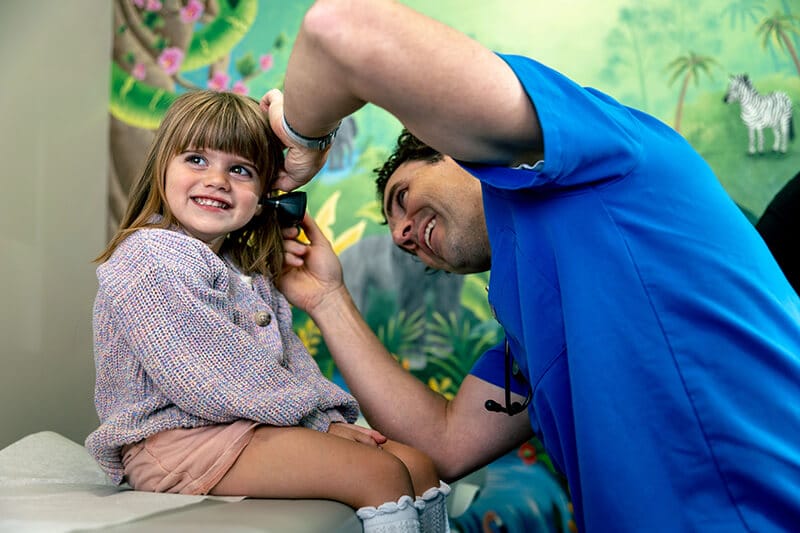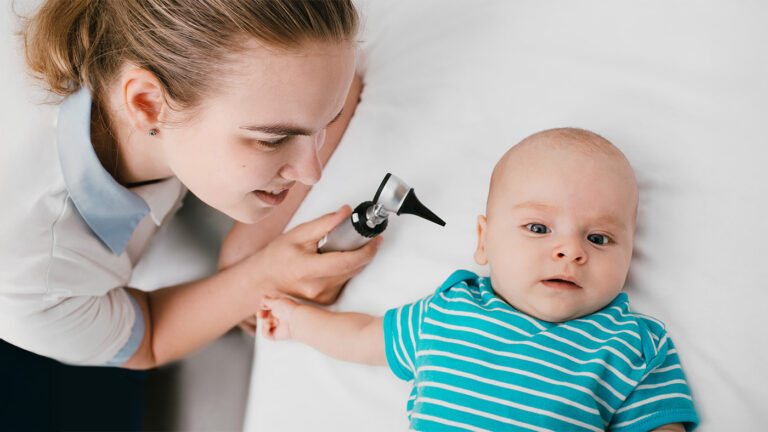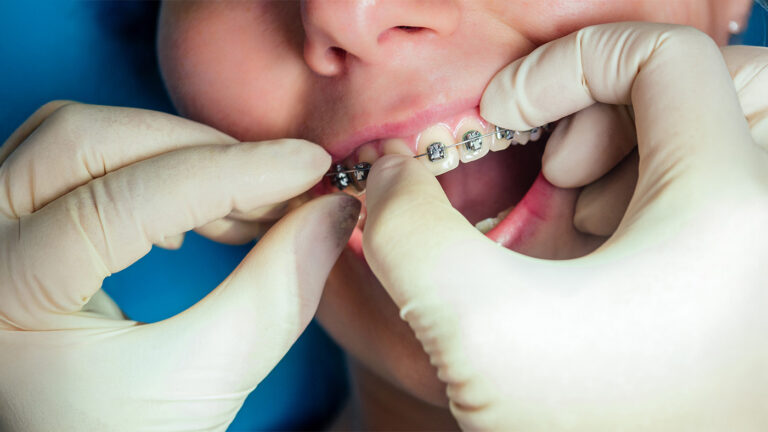Learning to use the toilet independently is an important developmental milestone for toddlers and parents alike. It means your child is developing some independence, and you won’t have to change diapers anymore!
Potty training doesn’t have a one-size-fits-all timeline. Every child is different and will develop at their own rate. While most kids are potty trained by age three, that’s not a hard and fast rule.
Don’t start potty training just because your child has reached a certain age and you feel like you should. Instead, wait until your child is psychologically, cognitively, and emotionally ready. Here are the signs to show your toddler is ready for potty training.
Developmental Skills for Successful Potty Training
The secret to potty training success is time and patience. Teach your child bathroom basics once they’re old enough to understand and reinforce regularly. Before you break out the potty chair, make sure your child is hitting certain milestones and learning these skills recommended by the American Academy of Pediatrics.
Potty Training Goals for Your 18-Month-Old
Introduce Bathroom Words
Use and explain bathroom words regularly. Teach your child words like “pee,” “poop,” and “potty.” Let your child know that these are normal body functions that everyone does. If your child has questions, you can explain how the body removes waste, like taking out the trash. Avoid using words that encourage shame, like “gross” or “yucky.”
Call Out Potty Breaks
Pay attention to your child’s behavior and point out when they might need to go to the bathroom. Look for body language like pacing, dancing in place, crossing legs, tugging at clothes, etc. These are all signs your child might need to go to the bathroom. Say out loud, “It’s time to go potty!” or something to that effect. This can help your child recognize the bodily sensations that accompany going to the bathroom.
Have Your Child Initiate Diaper Changes
Ask them to let you know when they need a diaper change. This helps them recognize the signs of a dirty diaper or that they need to go to the bathroom. Make sure diaper changes are always a positive experience so your child doesn’t hide soiled diapers from you.
Potty Training Goals for Your 21-Month-Old
Introduce Toilets
Show your child what a toilet is and explain what they are for. Point out toilets in the world, whether at a friend’s home or in a public space. This can help them remember what toilets are and their use.
Introduce the Potty Chair
Once they understand the function of toilets, introduce them to the potty chair, a smaller version of a toilet designed for tiny bodies. Put the (clean) potty chair in the room your child spends the most time in, usually a bedroom or living room. Let them play with it and get acquainted with it before using it. You could even decorate and label the chair with your child’s name, favorite characters, or subjects to help them feel comfortable with their potty.
Model
Show your child how to walk to and sit on the potty. Teach them to remove their diaper or pull-on diaper. Have them model potty training with a toy or stuffy.
Potty Training Readiness Checklist
Before you buckle down to really potty train, check to see if your child can consistently do all or most of these things. If not, keep working on these fundamentals before moving on.
- Can your child signal a need to use the bathroom? This can be verbal or non-verbal. Look for signs like jumping up and down, tugging on clothes, grunting, squatting, or dancing in place.
- Can your child ask single-word questions like: Here? Where? How? etc.
- Can your child walk to the toilet and sit on the potty chair?
- Can your child pull their clothes up and down on their own?
- Can your child wait two or more hours between potty breaks?
- Does your child pass stool three or fewer times per day?
- Does your child come to you when they need a diaper change?
- Does your child understand what toilets and potty chairs are for?
- Can your child follow directions and sit on the potty chair without resistance?
Ready for Potty Training? Tips for a Smooth Start
If your toddler is comfortable with most or all of the above skills, they are ready to take on potty training! If your child is still struggling or you have a big life change coming up (a big move, a younger sibling about to be born, etc.), it might make sense to delay potty training for a bit.
Success is also dependent on the motivation and consistency of parents and caregivers. Both you and your child have to be ready to spend the time and effort to develop these skills.
Even if you and your child are both ready, you should remember that potty training doesn’t happen overnight. Potty training can take months of consistent daily effort to take root. Some kids may learn sooner or more quickly than others, and girls often pick up potty training more rapidly than boys.
Remember that accidents happen, even after months of successful toilet use. Make sure not to punish or shame your child if they take a step back.
Praise
Give your child claps, cheers, and cuddles when they sit on the potty chair, even if they don’t urinate or pass stool.
Hygiene Habits
Teach your child proper wiping techniques, such as pulling the toilet paper or wiping from front to back to avoid spreading harmful bacteria to sensitive areas. Teach them the importance of washing hands, and supervise them until you’re confident they can wipe and wash correctly.
Focus on Daytime
Kids usually figure out how to use the toilet during the day before they figure out how to hold it all night. On average, most children learn to stay dry throughout the night between the ages of five and seven. In the meantime, you can use pull-on diapers and/or mattress covers to make morning cleanup easier.
Your Toddler’s First Underwear
Once your child goes a full day without accidents, you can switch from diapers or pull-ons to ordinary underwear. Involve your child in the process by letting them choose new underwear at the store. Only use pull-on diapers at bedtime or on long trips.
When to Seek Help
If you have any questions or concerns, or if your child struggles to transition from diapers to the toilet, talk with your pediatric provider. They can provide guidance and resources to help you and your child navigate this early milestone.




